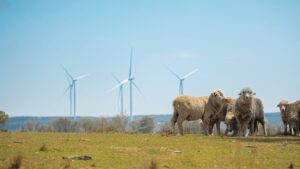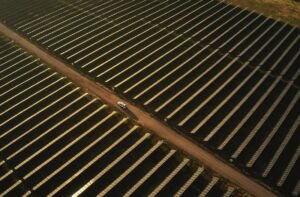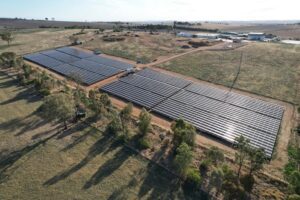As far as job creation goes, investing in renewable energy is around 300 per cent more effective than investing in fossil fuel or nuclear jobs – at least, that’s what the below infographic tells us. Sourced via Solar Love and CleanTechnica, it was put together by the Political Economy Research Insititute at the University of Massachusetts. Here’s what the Pear Energy team – headed up by Robert Pollin, a professor of economics at the University of Massachusetts-Amherst – has to say about it:
“The basic facts are simple. When we invest, say, $1 million in building the green economy, this creates about 17 jobs within the United States. By comparison, if we continue to spend as we do on fossil fuels and nuclear energy, you create only about 5 jobs per $1 million in spending. That is, we create about 12 more jobs for every $1 million in spending — 300 percent more jobs — every time we spend on building the green economy as opposed to maintaining our dependence on dirty and dangerous oil, coal, natural gas, and nuclear power.”








